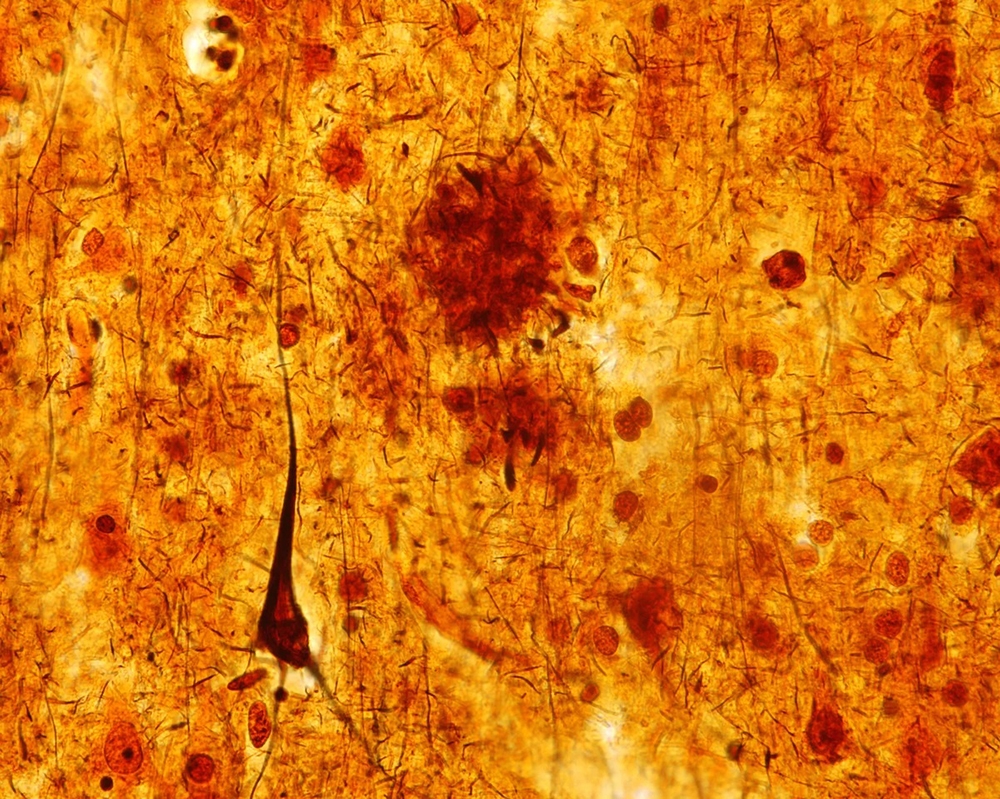New Clues To ALS And Alzheimer's From Physics | NPR

Cliff Brangwynne and colleagues first observed and described phase transition in a cell in the MBL Physiology course. Brangwynne is currently a Whitman Scientist at MBL.
The same process that causes dew drops to form on a blade of grass appears to play an important role in Alzheimer's disease and other brain diseases.
The process, known as phase transition, is what allows water vapor to condense into liquid water, or even freeze into solid ice. That same sort of process allows brain cells to constantly reorganize their inner machinery.

But in degenerative diseases that include amyotrophic lateral sclerosis, frontotemporal dementia and Alzheimer's, the phase transitions inside neurons seem to go awry, says Dr. J. Paul Taylor, a neurogeneticist at St. Jude Children's Research Hospital in Memphis, and an investigator with the Howard Hughes Medical Institute.
This malfunctioning prompts the interior of the cell to become too viscous, Taylor says. "It's as if you took a jar of honey [and] left it in the refrigerator overnight." Read more of the article here ...
Source: New Clues To ALS And Alzheimer’s From Physics : Shots – Health News : NPR